How to Eliminate Audio Feedback Loops: A Comprehensive Troubleshooting Guide
Audio feedback loops are a common challenge in live sound environments, producing that disruptive high-pitched squeal that can interrupt performances and events. Whether you’re an event DJ, sound engineer, venue operator, or part of a corporate or church sound team, mastering the identification and elimination of feedback is essential for delivering clear, professional audio. This guide offers a detailed, scenario-based troubleshooting flowchart complete with visual diagrams and practical solutions, including product-specific recommendations from Gemini Sound’s extensive range of PA systems, mixers, microphones, and accessories.
Key Takeaways & Summary
- Price Ranges: Gemini Sound’s PA speakers and mixers cover a broad spectrum—from portable 200W units ideal for small outdoor gatherings to powerful 2200W professional systems designed for large halls. Wireless microphone systems range from single handheld units to multi-mic sets tailored for group performances.
- Top Brands: Gemini Sound stands out for professional-grade audio equipment featuring built-in feedback suppression and advanced equalization capabilities.
- Best Features: Integrated graphic equalizers, automatic feedback suppression in wireless microphones, built-in mixers, Bluetooth connectivity, and rugged portable designs ensure reliable performance across diverse settings.
- What to Look For: Proper microphone and speaker placement, mixers with precise EQ controls, wireless systems equipped with automatic feedback reduction, and effective stage monitor management tools.
- Scenario-Specific Solutions: Tailored setups and equipment recommendations for outdoor events, small venues, and large halls optimize feedback control and sound clarity.
Understanding Audio Feedback Loops
Audio feedback occurs when sound emitted from a speaker is picked up by a microphone and then re-amplified, creating a continuous loop that results in a loud, often piercing high-frequency squeal. The key to eliminating feedback lies in controlling this loop through strategic equipment placement, sound tuning, and leveraging modern technology.
Troubleshooting Flowchart Overview
To systematically address feedback issues, follow this step-by-step flowchart approach. Each stage is accompanied by detailed explanations and targeted product recommendations to help you resolve feedback efficiently.
- Identify Feedback Source: Pinpoint the specific microphone and speaker combination causing the loop.
- Check Microphone and Speaker Placement: Verify proper distance and orientation to minimize sound looping.
- Adjust Microphone Type and Position: Opt for directional microphones and position them closer to the sound source.
- Manage Stage Monitors and Volume Levels: Balance monitor volumes carefully and consider using in-ear monitors.
- Use Equalization: Apply graphic equalizers to attenuate problematic feedback frequencies.
- Employ Feedback Suppression Technology: Utilize wireless systems with automatic feedback reduction or external suppressors.
- Implement Acoustic Treatments: Incorporate sound absorption and reflection control within the venue.
- Perform Sound Check and Fine-Tune: ‘Ring out’ the system by gradually increasing volume and reducing offending frequencies.
1. Proper Microphone and Speaker Placement
Maintaining adequate spatial separation between microphones and speakers is the most fundamental and effective method to prevent feedback. Positioning speakers away from microphones and directing them appropriately reduces the likelihood of sound looping back into the microphone.
Key Placement Principles
- Maintain a minimum distance of 3 to 6 feet between microphones and speakers.
- Angle speakers away from microphones, ideally at positions that minimize direct sound pickup.
- Use directional microphones (cardioid or supercardioid) to focus on the intended sound source and reject ambient noise.
- Place microphones close to the sound source to allow for lower gain settings, thereby reducing feedback risk.
- For stage monitors, avoid pointing them directly at microphones to prevent sound loops.
Visual Diagrams: Microphone & Speaker Placement by Scenario
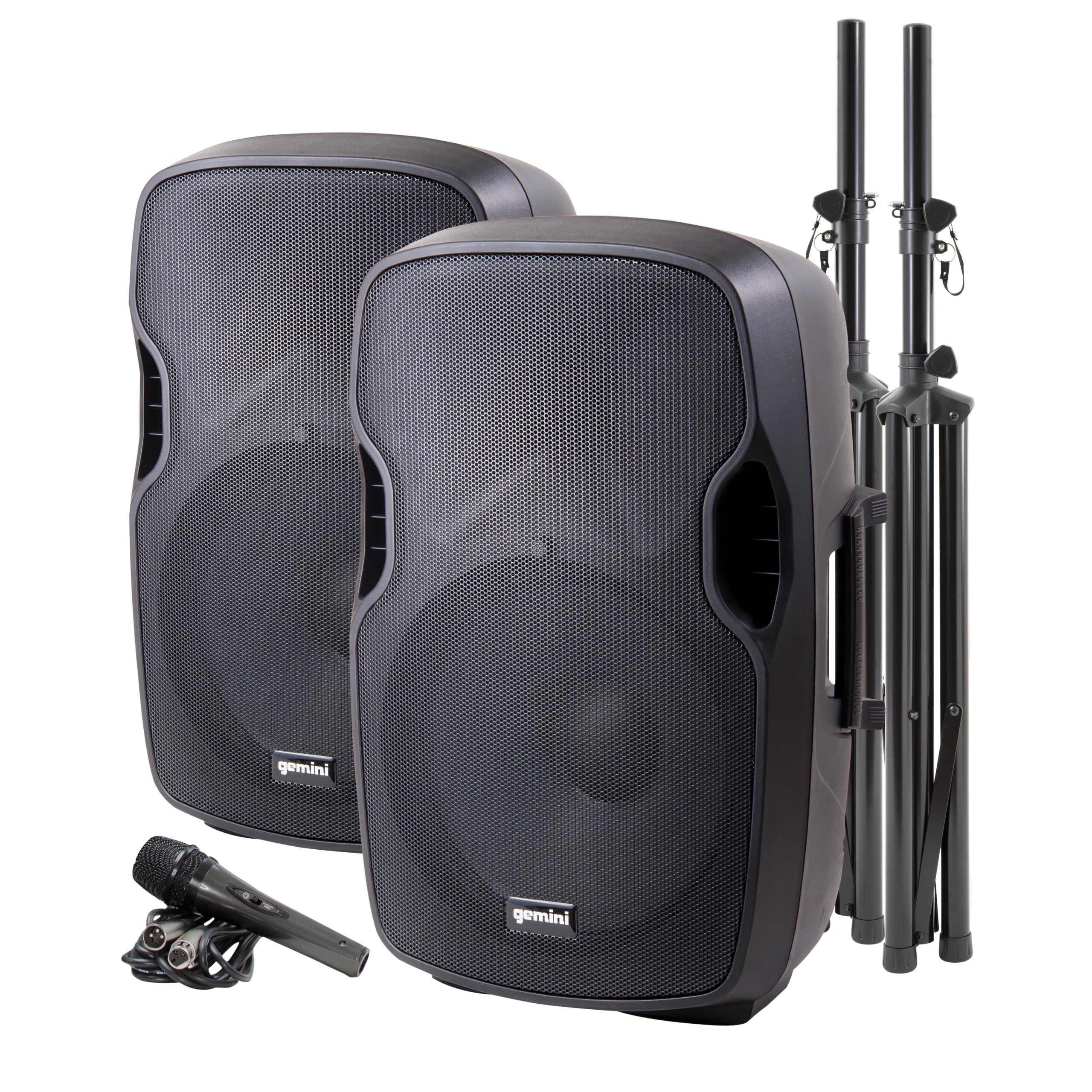
Small Venues
Speakers are angled away from microphones, with microphones positioned close to performers to minimize feedback. Gemini Sound’s PA Systems offer controlled coverage ideal for intimate spaces.
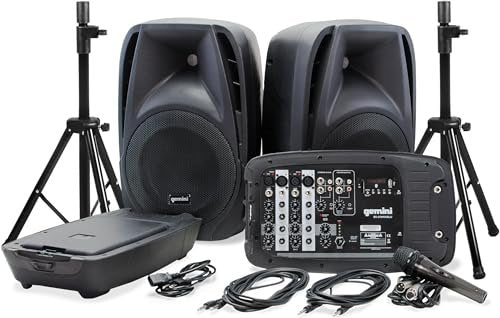
Outdoor Events
Portable PA speakers are placed forward and away from microphones to reduce feedback risk. The Gemini Sound Portable PA Systems, such as the GPSS-650, combine mobility with effective feedback control.
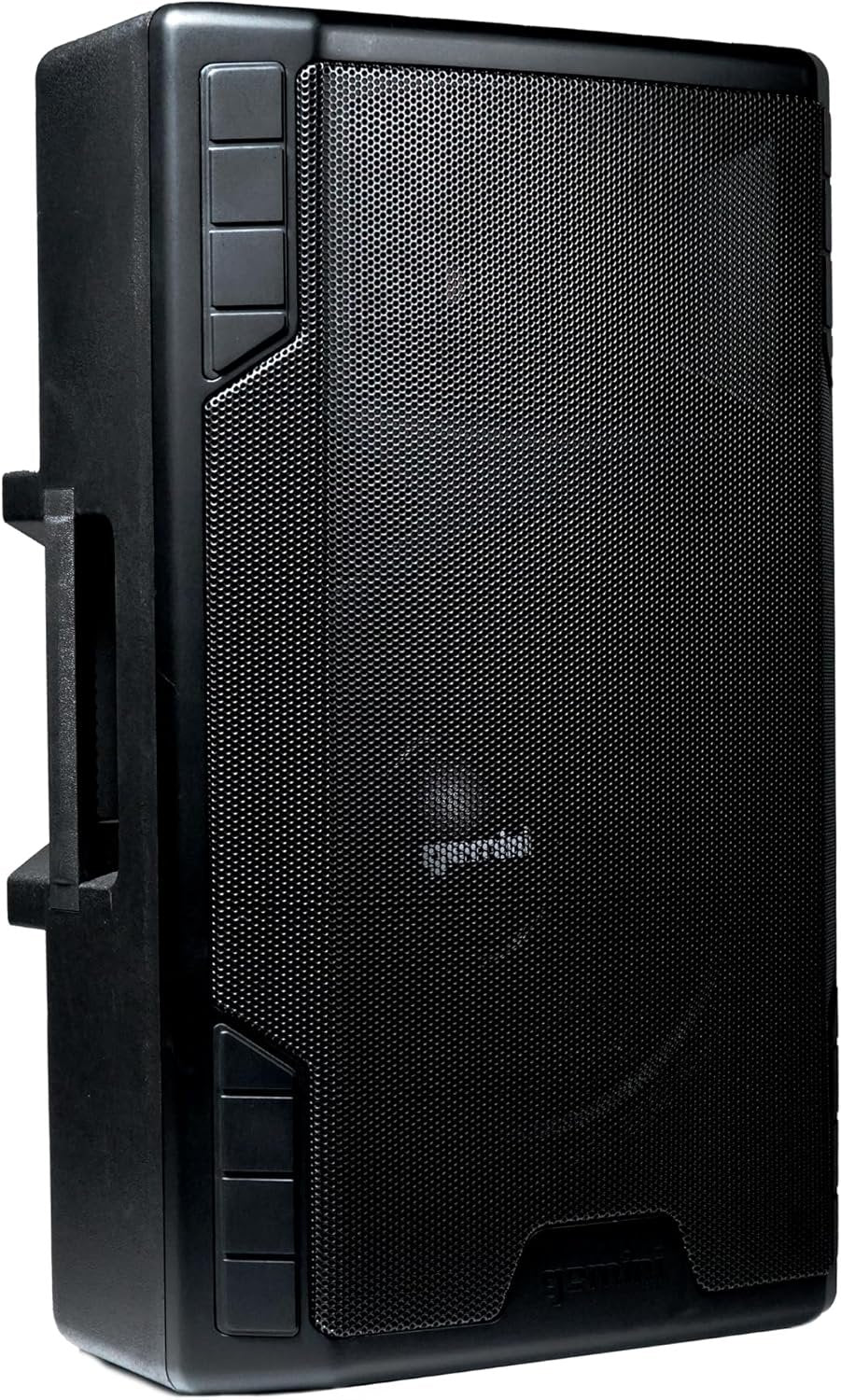
Large Halls
High-power speakers are positioned at a distance, paired with directional microphones placed close to performers. Gemini Sound’s GSP-5500, featuring a built-in mixer, facilitates balanced sound distribution and effective feedback reduction.
2. Use of Equalization to Manage Feedback Frequencies
Equalization (EQ) is a critical tool for reducing feedback by selectively cutting the specific frequencies where feedback tends to occur, typically between 250 Hz and 8 kHz. Proper EQ adjustments can significantly improve sound clarity and prevent unwanted squeals.
How to ‘Ring Out’ Feedback Frequencies
During sound checks, sound engineers gradually increase system volume until feedback emerges. They then identify the offending frequency and reduce it by approximately 3 dB using a graphic equalizer. This process is repeated iteratively until the system achieves the desired volume without feedback.
Gemini Sound Mixer Solutions
The GEM-12USB Professional 12-Channel Bluetooth Audio Mixer offers a robust graphic equalizer and intuitive analog controls, enabling precise frequency adjustments to effectively manage and suppress feedback.
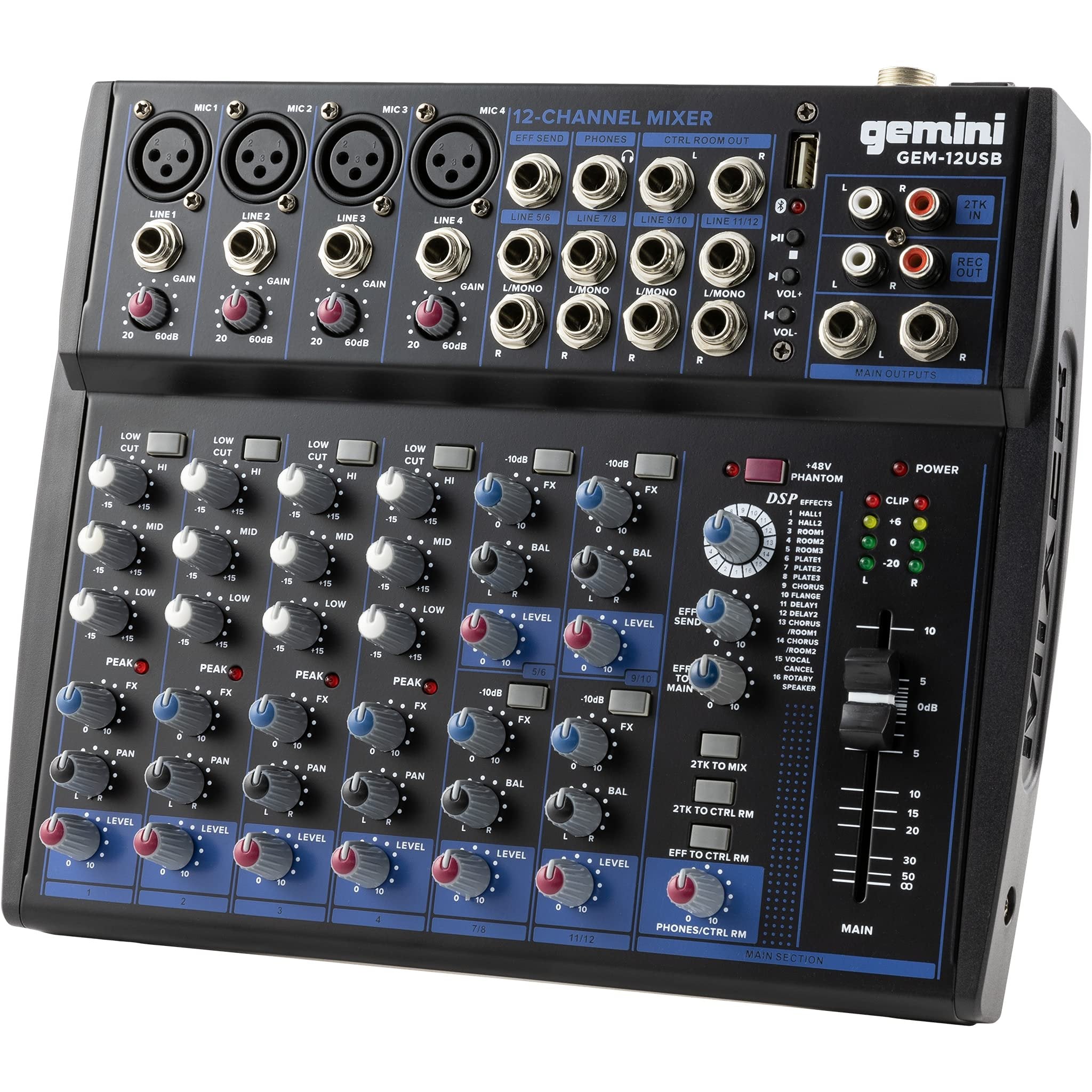
GEM-12USB Professional 12-Channel Bluetooth Audio Mixer
$129.95
Brand: Gemini Sound
Material: Durable metal chassis with tactile analog controls
- 12 input channels with USB and Bluetooth connectivity for versatile audio sources
- Built-in graphic equalizer designed for precise feedback frequency control
3. Feedback Suppression Technologies and Tools
Advancements in wireless microphone technology have introduced automatic feedback suppression features that detect and eliminate feedback more quickly and efficiently than manual equalization alone.
Gemini Sound Wireless Microphone Systems
The UHF-6200HL Wireless Microphone System incorporates automatic feedback suppression, rechargeable handheld microphones, and clear audio transmission, making it an excellent choice for live performances, corporate events, and other professional settings.
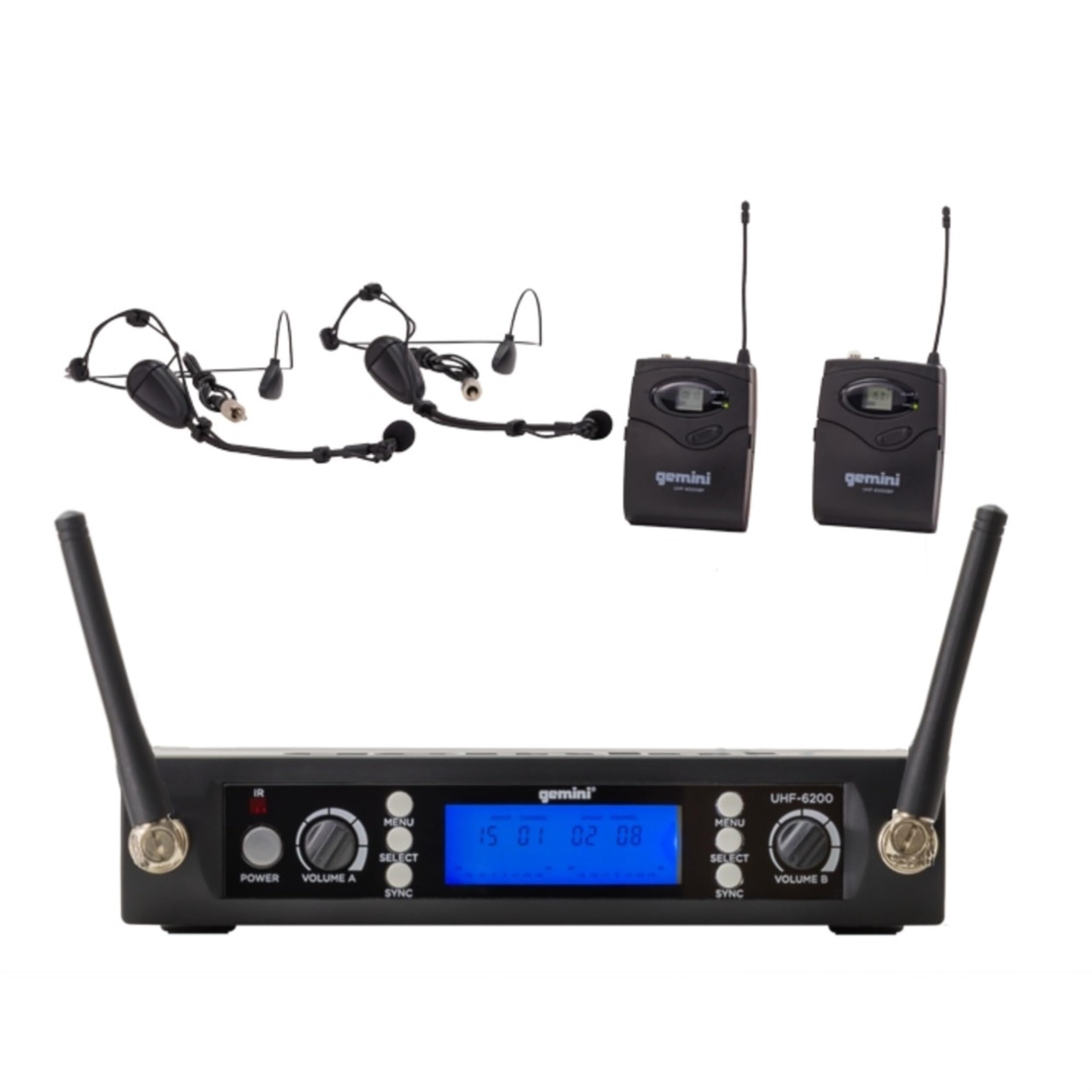
UHF-6200HL Wireless Microphone System
$149.95
Brand: Gemini Sound
Material: Durable plastic and metal components designed for reliability
- UHF wireless system with up to 50m operating range
- Advanced automatic feedback suppression technology for seamless audio
4. Stage Monitor Management and Acoustic Treatment
Stage monitors are often a significant source of feedback, especially when their volume is too high or they are poorly positioned. Using in-ear monitors can greatly reduce feedback risk by delivering sound directly to performers’ ears and minimizing ambient stage noise.
Gemini Sound Studio Monitors for Stage Management
For small venues and mixing environments, the SMX-3BT 100W Bluetooth Bookshelf Studio Monitor Speakers provide clear sound with EQ control, helping to manage stage sound levels and reduce feedback potential.
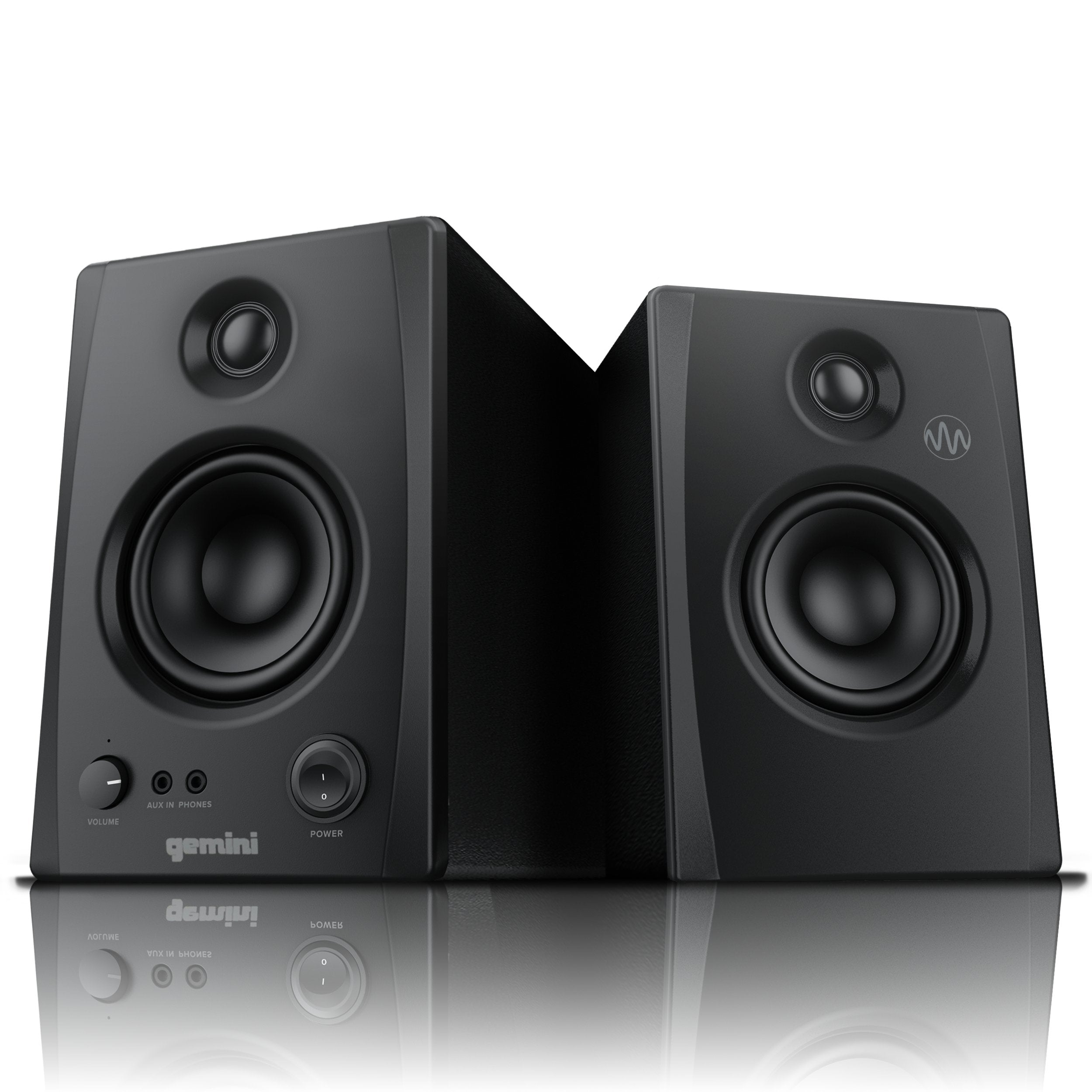
SMX-3BT 100W Bluetooth Bookshelf Studio Monitor Speakers
$119.95
Brand: Gemini Sound
Material: Wood cabinet with built-in EQ control for tonal adjustment
- Active/passive speaker pair delivering 100W power
- Bluetooth and RCA/3.5mm auxiliary inputs for versatile connectivity
Scenario-Based Solutions with Gemini Sound Products
Outdoor Events: Portable and Feedback-Resistant Setup
Outdoor events demand portable, battery-powered PA systems with Bluetooth connectivity for quick setup and effective feedback control through strategic placement and mixer adjustments. These systems combine mobility with robust sound performance.
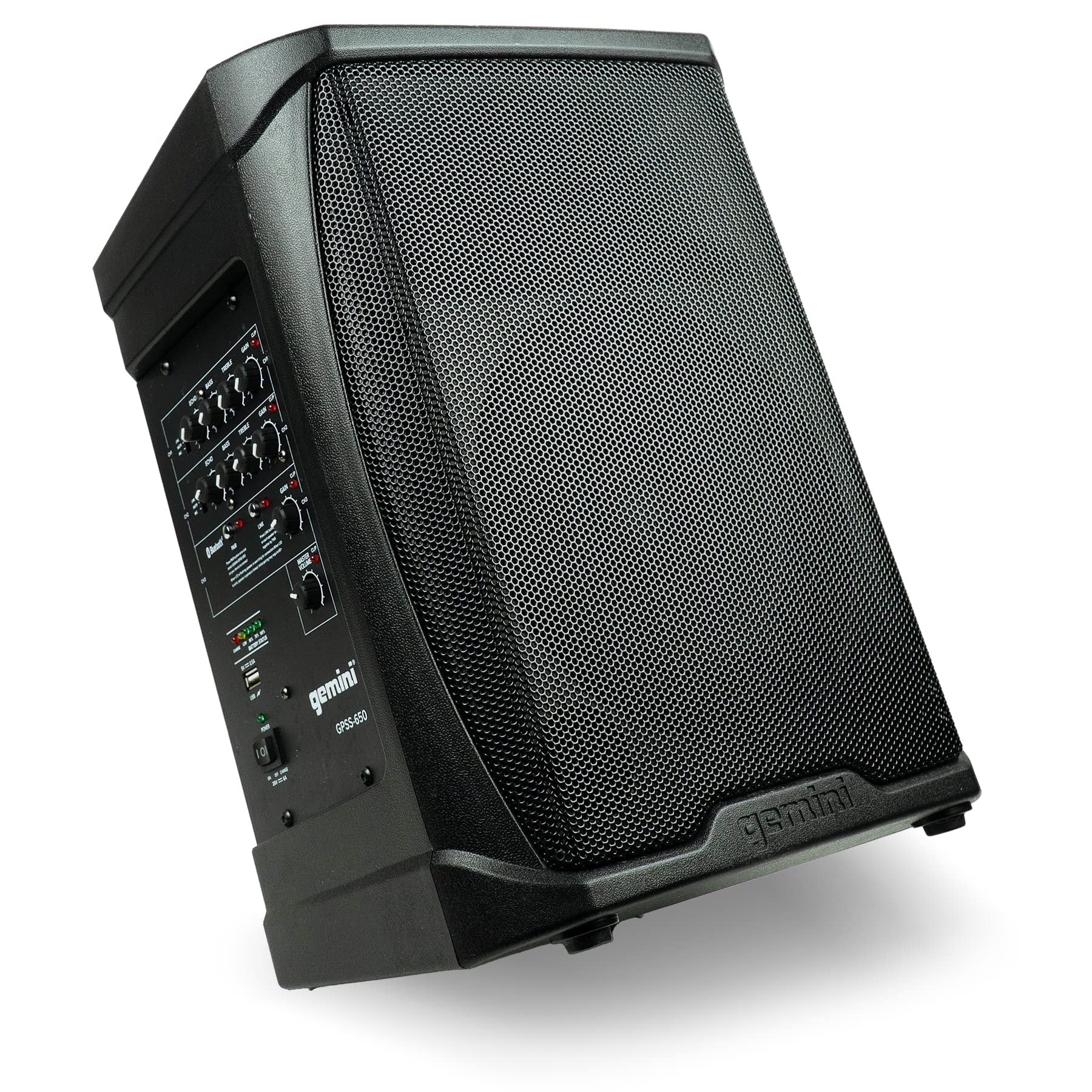
GPSS-650 Portable 200W Bluetooth PA Speaker
$329.95
Brand: Gemini Sound
Material: Rugged portable design with built-in handle for easy transport
- 200W power output suitable for small to medium outdoor events
- 12-hour battery life with seamless Bluetooth streaming capability

ES-210MXBLU Portable PA System 150W Class D Amplifier 10-Inch
$369.95
Brand: Gemini Sound
Material: Durable plastic housing with efficient Class D amplifier
- 150W power output with dual 10-inch speakers for balanced sound
- Bluetooth connectivity for wireless audio streaming
Small Venues: Controlled Sound with Integrated Mixers
In smaller venues, PA systems equipped with built-in mixers and EQ controls are essential for fine-tuning sound and minimizing feedback within tighter spaces.
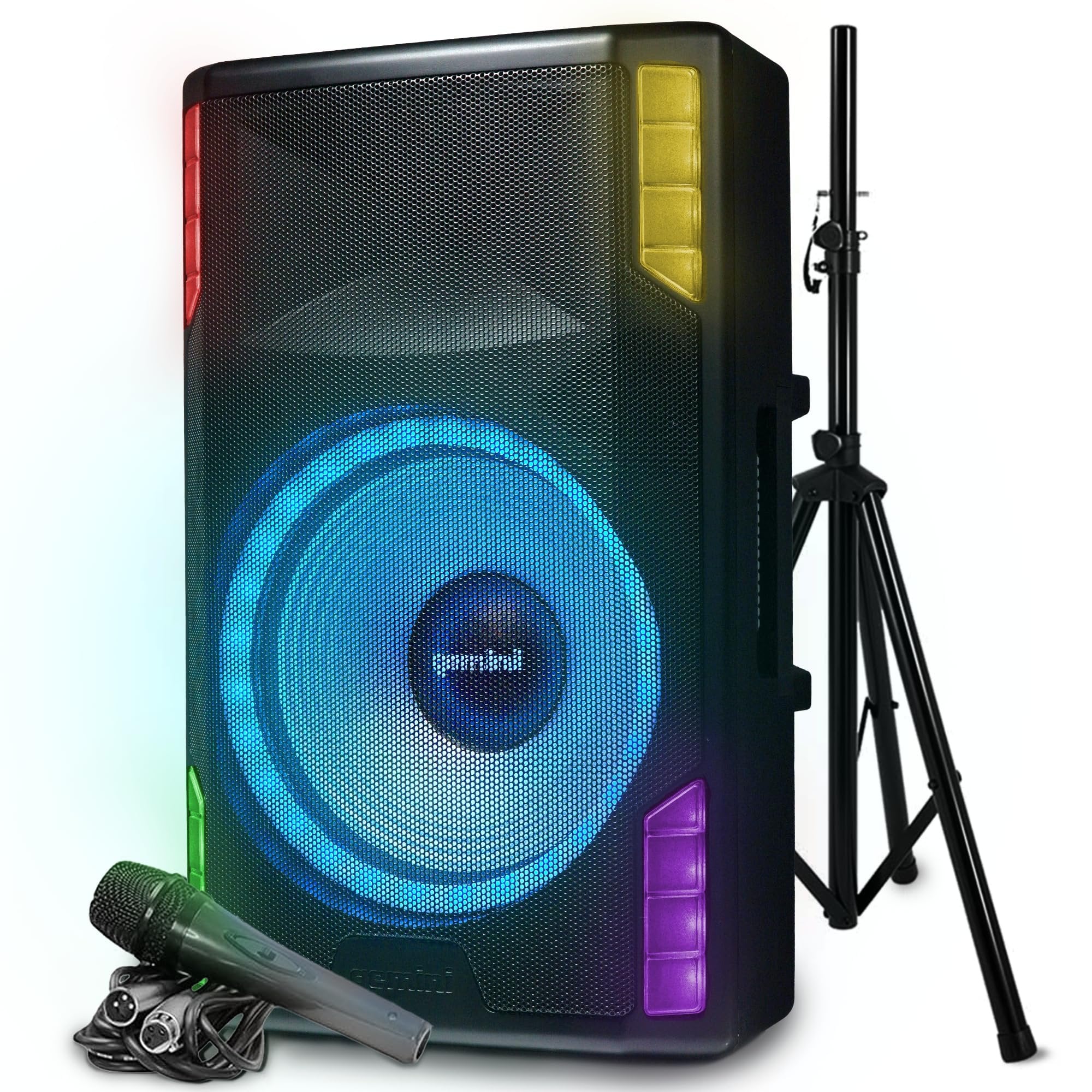
GSP-L5500PK 15" 2200W Powered PA Speaker with RGB LED and Mixer
$399.95
Brand: Gemini Sound
Material: Sturdy plastic housing with integrated 3-channel mixer and dynamic RGB LED lighting
- 2200W peak power with a 15-inch woofer for rich, full sound
- Built-in mixer with Bluetooth and USB playback for versatile audio sources
Large Halls: Powerful Systems with Advanced Control
Large halls require high-output PA systems equipped with integrated mixers and advanced equalization to control feedback effectively across a wide sound field, ensuring clear audio for all attendees.

GSP-5500 Professional 15" 2200W Bluetooth PA Speaker
$349.95
Brand: Gemini Sound
Material: Robust plastic housing with integrated 3-channel mixer and advanced controls
- 2200W peak power with a 15-inch woofer delivering powerful, clear sound
- Built-in mixer featuring Bluetooth and USB MP3 playback for flexible audio input
Additional Wireless Microphone Solutions for Feedback Control
For group performances or events requiring multiple microphones, Gemini Sound’s wireless systems with built-in feedback suppression provide reliable, interference-free audio with dynamic control.
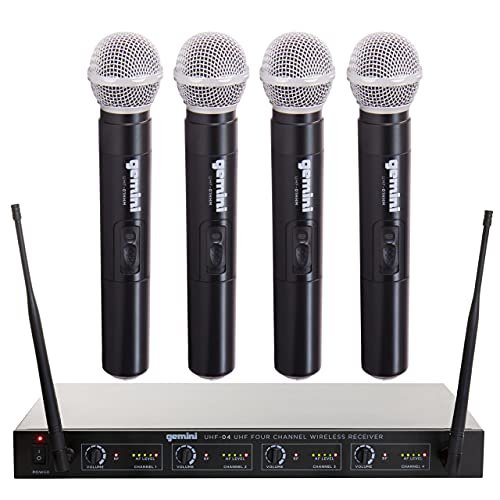
UHF-04M Wireless Microphone System (Set of 4 Handheld Mics and Receiver)
$179.95
Brand: Gemini Sound
Material: Durable plastic and metal handheld microphones designed for professional use
- Includes 4 handheld wireless microphones operating on UHF frequency bands
- Receiver supports multiple inputs and features advanced feedback suppression technology
Summary and Best Practices
- Maximize distance and angle between microphones and speakers. Employ directional microphones and position them close to the sound source to reduce gain requirements.
- Use mixers with graphic equalizers, like the GEM-12USB, to precisely cut feedback frequencies and enhance sound clarity.
- Leverage wireless microphone systems with automatic feedback suppression, such as the UHF-6200HL and UHF-04M, for dynamic and reliable control.
- Manage stage monitors carefully, balancing volume levels or switching to in-ear monitors to minimize feedback risk.
- Apply acoustic treatments to reduce sound reflections and buildup within the venue.
- Perform thorough sound checks to ‘ring out’ feedback frequencies and fine-tune settings prior to events.
For more detailed setup tips and a wider selection of products, explore Gemini Sound’s PA Systems, Audio Mixers, and Wireless Microphone Systems. Additional troubleshooting resources and expert guides are available in the Support Guides section.
